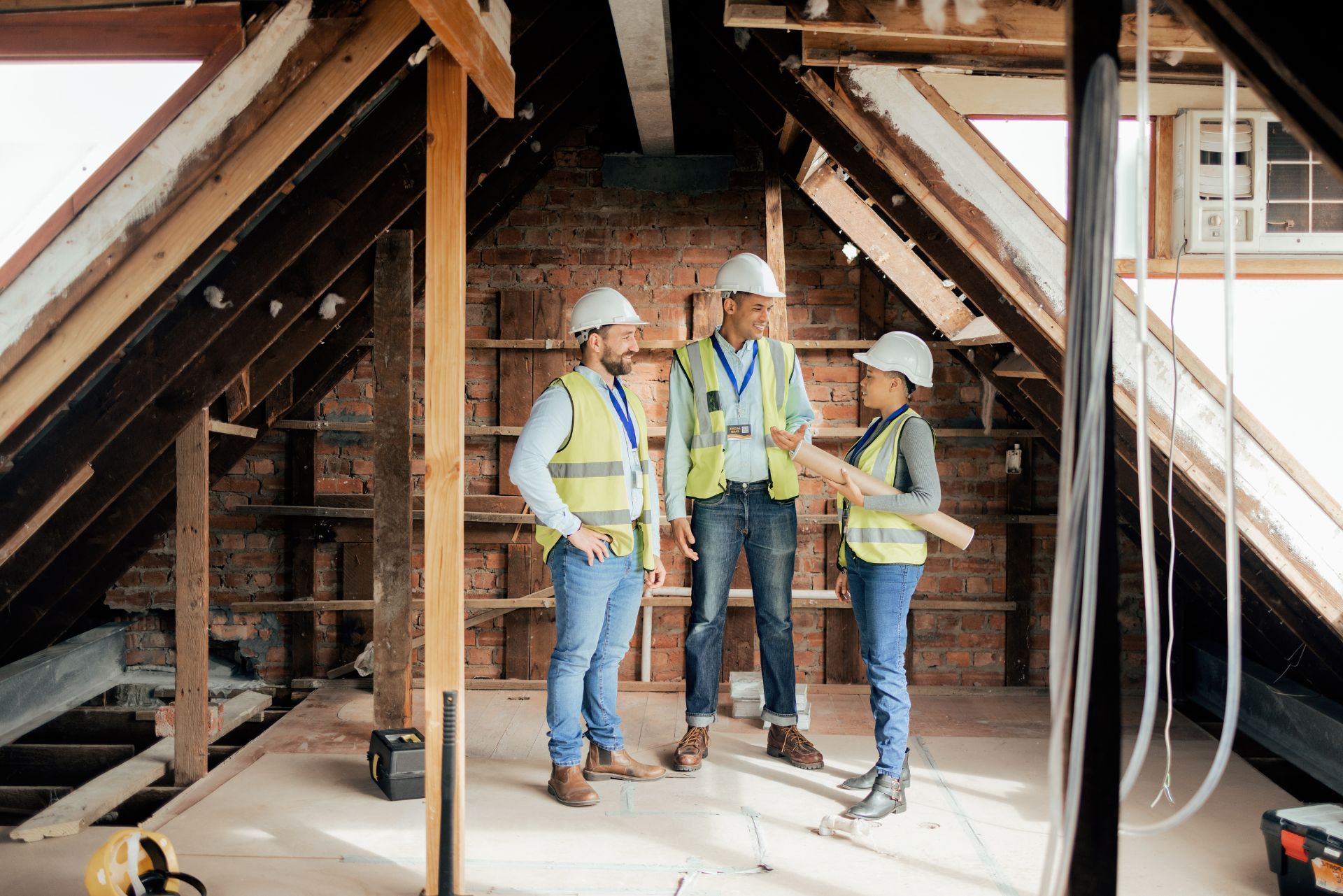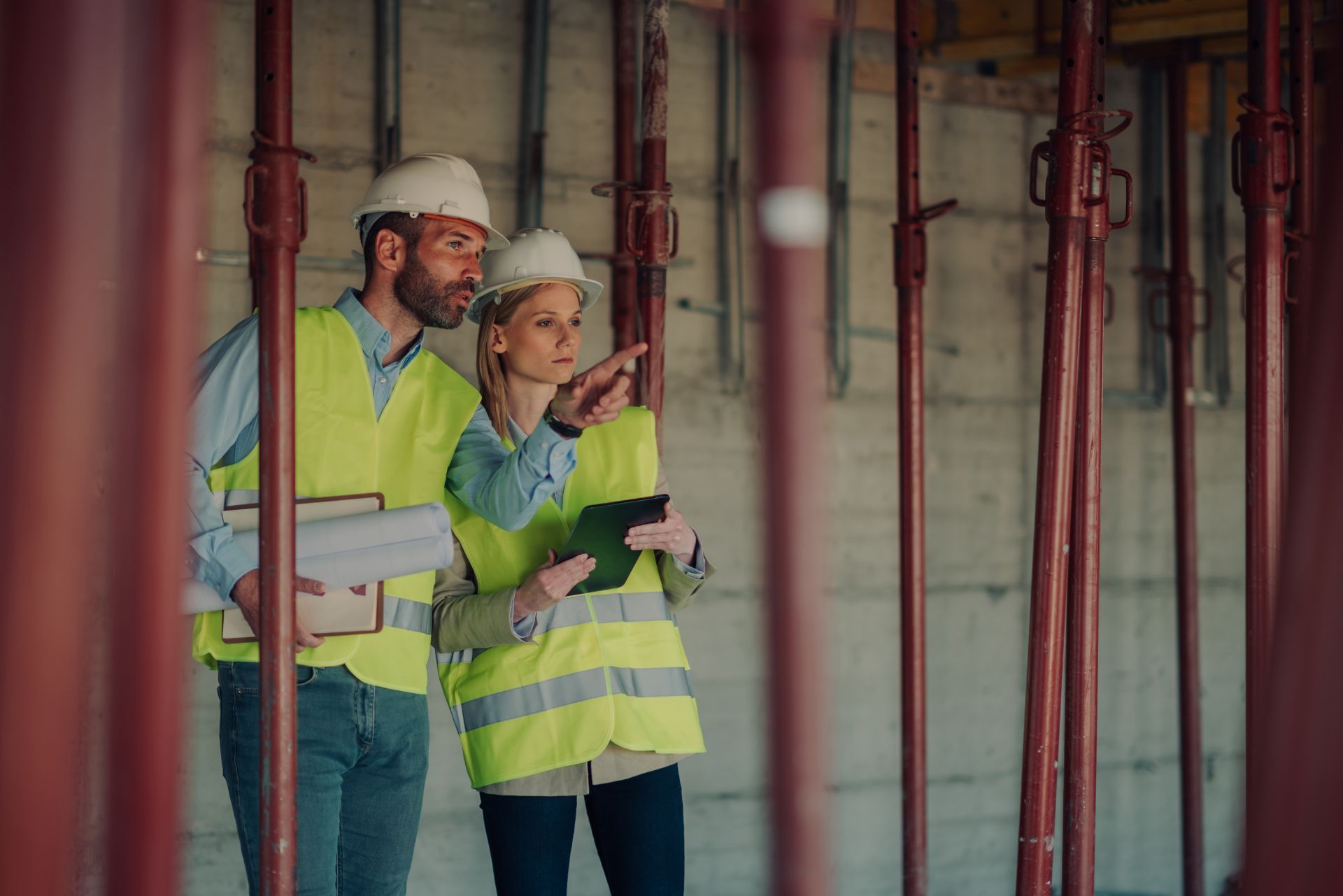Top 3 Recommended Policies

In the dynamic world of construction, protecting projects from unforeseen risks is crucial. Builders risk insurance, also known as course of construction insurance, plays a vital role in safeguarding construction sites, materials, and structures during the building process. With the market projected to grow significantly in the coming years, understanding the nuances of builders risk insurance has never been more important for contractors, developers, and stakeholders alike. This comprehensive guide covers everything you need to know about builders risk insurance, from its purpose and coverage to recent trends shaping the industry.
What Is Builders Risk Insurance?
Builders risk insurance is a specialized type of property insurance designed to cover buildings under construction. It protects against damage or loss caused by events such as fire, theft, vandalism, weather-related incidents, and other perils that can occur during the construction phase. Unlike traditional property insurance, which covers completed structures, builders risk insurance focuses exclusively on the project while it is still in progress.
This insurance typically covers the building itself, materials, equipment on-site, and sometimes temporary structures like scaffolding. Coverage can be tailored to the specific needs of a project, including the duration of construction and the types of risks most relevant to the location and nature of the work. For instance, projects in areas prone to hurricanes may require additional coverage for wind damage, while those in urban environments might need enhanced protection against theft and vandalism.
Why Builders Risk Insurance Is Essential
Construction projects are inherently risky due to their complexity and exposure to various hazards. Without adequate insurance, a single incident could lead to significant financial losses, project delays, and legal complications. Builders risk insurance mitigates these risks by providing financial protection, helping stakeholders recover quickly and keep projects on track. This is particularly crucial in large-scale developments where the investment is substantial and the timeline is tight, as even minor setbacks can have cascading effects on overall project completion.
Moreover, many lenders and investors require builders risk insurance as a condition for financing, underscoring its importance in the construction ecosystem. This requirement not only safeguards the financial interests of those providing capital but also instills a sense of accountability among contractors and builders. Additionally, having builders risk insurance can enhance a contractor's reputation, as it demonstrates a commitment to responsible project management and risk mitigation. In an industry where trust and reliability are paramount, this can be a significant competitive advantage.

Current Market Trends and Growth
The builders risk insurance market is experiencing robust growth, driven by increased construction activity and heightened awareness of risk management. According to Munich Re Specialty, the market is projected to reach $8.75 billion by 2033, up from $5.36 billion in 2024. This growth reflects not only rising construction volumes but also increasing premiums driven by inflation and climate-related risks.
In 2025, builders risk insurance premiums increased by 12%, largely due to material inflation and a surge in climate-related events impacting construction sites. This trend highlights how external economic factors and environmental challenges are reshaping the insurance landscape for builders risk policies. Additionally, the growing complexity of construction projects, with an emphasis on sustainable and innovative building practices, has led to a greater need for specialized coverage options. As more developers seek to incorporate green technologies and materials, insurers are adapting their policies to address the unique risks associated with these advancements.
Impact of Climate and Catastrophic Events
Natural disasters are becoming more frequent and severe, leading to a 17% rise in builders risk claims in 2025. These events have prompted insurers to update catastrophe risk models to better assess and price the risks associated with construction projects. The construction insurance industry faced rising catastrophic losses in 2024, with global disasters causing $320 billion in economic losses, of which $140 billion were covered by insurance, according to Builders & Tradesmen's Insurance Services, Inc.
Given this environment, builders risk insurance providers are increasingly focused on risk mitigation strategies and early planning to reduce exposure and improve resilience against such events. Insurers are also leveraging advanced technologies, such as predictive analytics and geographic information systems (GIS), to enhance their understanding of risk factors and improve underwriting processes. By employing these tools, insurers can better predict potential losses and tailor their coverage options to meet the evolving needs of the construction industry. Furthermore, collaboration between builders, insurers, and risk management professionals is becoming essential to create comprehensive strategies that address both current and future risks, ensuring that projects can proceed with greater confidence in their financial protection.
Key Coverage Features of Builders Risk Insurance
Understanding what builders risk insurance covers is essential for ensuring adequate protection. While policies can vary, some common features include:
- Property Coverage: Protection for the building under construction, including materials, supplies, and equipment on-site.
- Perils Covered: Typically includes fire, lightning, windstorm, hail, theft, vandalism, and sometimes earthquake or flood, depending on the policy.
- Soft Costs: Coverage for additional expenses such as architect fees, legal fees, and interest on loans that may arise due to delays caused by covered losses.
- Duration: Coverage usually lasts for the length of the construction project and can be extended if necessary.
It’s important to review policy details carefully, as exclusions and limitations can vary widely. For example, some policies may not cover faulty workmanship or wear and tear. Additionally, understanding the specific definitions of covered perils can help in assessing the risk involved in a construction project. For instance, while a standard policy may cover theft of materials, it might not extend to losses incurred due to negligence in securing the site. Therefore, it is crucial for builders and property owners to evaluate their unique circumstances and consult with insurance professionals to tailor their coverage appropriately.
Who Should Obtain Builders Risk Insurance?
Typically, the party with the greatest financial interest in the project purchases builders risk insurance. This could be the property owner, general contractor, or developer. In many cases, the insurance is structured to cover all parties involved, ensuring comprehensive protection throughout the construction process. Furthermore, subcontractors and suppliers may also benefit from being named in the policy, as this can provide additional layers of security and peace of mind. By doing so, all stakeholders can mitigate potential financial losses that could arise from unforeseen events during construction.
Moreover, it is essential to recognize that builders risk insurance is not just a safety net; it can also be a vital component of project financing. Lenders often require proof of this insurance before disbursing funds, as it protects their investment in the project. This requirement underscores the importance of having a robust insurance plan in place, as it can facilitate smoother transactions and instill confidence among all parties involved. As construction projects can be complex and fraught with risks, having the right coverage can make a significant difference in navigating potential challenges effectively.
Emerging Trends in Builders Risk Insurance
As the construction industry evolves, so does the approach to builders risk insurance. One of the biggest shifts is the increasing emphasis on risk mitigation and early planning. According to Brian Cooper, US national construction practice leader at Gallagher, "The biggest trend is the increasing use of risk mitigation measures and early planning. It’s no longer about waiting until a project is fully designed before seeking insurance."
This proactive approach helps identify potential risks early, allowing for better coverage alignment and potentially lower premiums. It also encourages collaboration between insurers, contractors, and owners to implement safety protocols and contingency plans. The integration of risk management strategies at the initial stages of a project not only safeguards investments but also fosters a culture of safety and accountability among all stakeholders involved. As a result, projects can proceed with a greater sense of security, knowing that potential pitfalls have been addressed from the outset.
Technology’s Role in Enhancing Builders Risk Insurance
Building Information Modeling (BIM) is transforming how construction projects are planned and managed. A 2024 study by Mohammed Abdulsalam Alsofiani found that BIM enhances collaboration and leads to substantial cost and time savings in infrastructure projects. This technology also supports risk management by providing detailed project visualization and real-time updates, which insurers can use to assess risk more accurately.
By integrating BIM data into underwriting processes, insurers can offer more tailored policies and encourage best practices that reduce the likelihood of claims. Furthermore, the use of drones and IoT devices in construction sites is becoming increasingly prevalent, allowing for real-time monitoring of project progress and safety compliance. These technologies not only enhance the accuracy of risk assessments but also provide insurers with a wealth of data that can be analyzed to predict potential issues before they arise. This data-driven approach is paving the way for a more dynamic insurance landscape, where policies can be adjusted in real time based on the evolving conditions of a project.

How to Choose the Right Builders Risk Insurance Policy
Selecting the appropriate builders risk insurance requires careful consideration of project-specific factors. Here are some tips to guide the decision-making process:
- Assess Project Scope and Value: Understand the total value of the project, including materials and equipment, to determine adequate coverage limits.
- Evaluate Risks: Consider geographic risks such as weather patterns, natural disasters, and theft rates in the area.
- Review Policy Terms: Look for coverage inclusions, exclusions, deductibles, and policy duration to ensure alignment with project timelines and needs.
- Consider Soft Cost Coverage: Include coverage for indirect costs that may arise from construction delays or damages.
- Work with Experienced Brokers: Engage insurance professionals who specialize in construction to navigate complex policy options and negotiate favorable terms.
In 2025, builders risk insurance covered 89% of US construction projects, up 4% from the previous year, reflecting growing recognition of its importance in risk management. This increase can be attributed to a heightened awareness among contractors and project owners about the potential financial pitfalls associated with construction projects. With the rising costs of materials and labor, even minor setbacks can lead to significant financial losses, making it crucial to have comprehensive coverage in place.
Moreover, as the construction industry evolves with new technologies and methodologies, the types of risks associated with projects are also changing. For instance, the integration of smart building technologies can introduce unique vulnerabilities, such as cyber threats, which traditional builders risk policies may not adequately cover. Therefore, it's essential for project stakeholders to stay informed about emerging risks and ensure that their insurance policies adapt accordingly. Regularly reviewing and updating coverage in consultation with insurance professionals can help safeguard against unforeseen challenges that may arise during the construction process.
Conclusion: Navigating Builders Risk Insurance in a Changing Landscape
Builders risk insurance is a critical component of construction project management, offering protection against a wide range of risks that can derail timelines and budgets. With the market expanding rapidly and premiums rising due to inflation and climate factors, staying informed and proactive is essential.
Embracing early risk mitigation, leveraging technology like BIM, and understanding the evolving insurance landscape can help construction professionals secure the right coverage and safeguard their investments. As Brady Thomas from Munich Re Specialty cautions, "One of the big headwinds here is uncertainty. [Nothing is] very calm at the moment – it might seem static but it's not. It's unknown what's going to happen." Being prepared and well-insured is the best way to navigate this uncertainty.
Contact Us
Phone
Location
